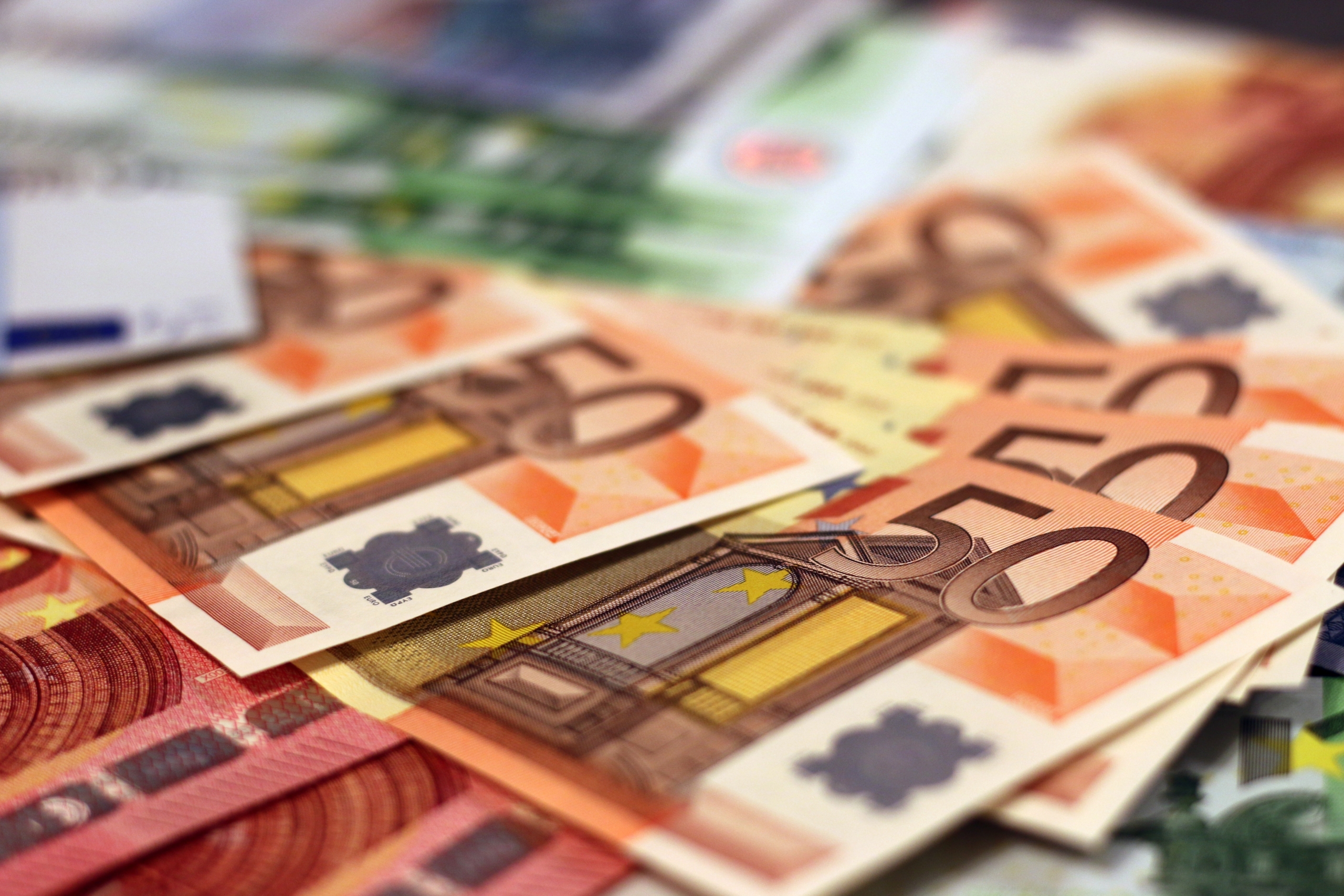Singapore Green Jet Fuel Levy on Travellers Ignites Funding Debate
Eurozone Faces Lowest Inflation in Over a Year

Inflation in the eurozone reached its lowest level in more than a year as the rate of price increases slowed down. However, the high costs of food and services continue to pose challenges, raising the likelihood of the European Central Bank (ECB) maintaining its interest rate hikes to control expenses.
According to Europe’s statistical agency, consumer prices in eurozone countries rose by 6.1 percent annually in May, a decrease from April’s 7.0 percent and a significant drop from the double-digit increases observed in previous months.
While the inflation rate has eased, many households in Europe are still grappling with the cost-of-living crisis. Employers are raising wages to counterbalance the impact, but it remains a top concern for ECB officials. Germany and France saw a decline in inflation rates, but the prices of food, alcohol, and tobacco continued to rise at an annual rate of 12.5 percent in May. The persistence of high core inflation raises concerns, indicating the possibility of the ECB raising interest rates twice in the coming months.
Efforts by European governments to address soaring energy costs contributed to the moderation in price gains. Measures were taken to shield households from increasing energy bills, while food producers were pressured to limit price surges. However, despite these actions, persistently high core inflation remains a worry for the ECB. The tight labor market, record-low unemployment rates, and rising worker demands for higher wages to cope with growing expenses continue to exert inflationary pressures. Furthermore, reduced government subsidies for energy in certain countries suggest that inflation challenges may persist in the months ahead.

